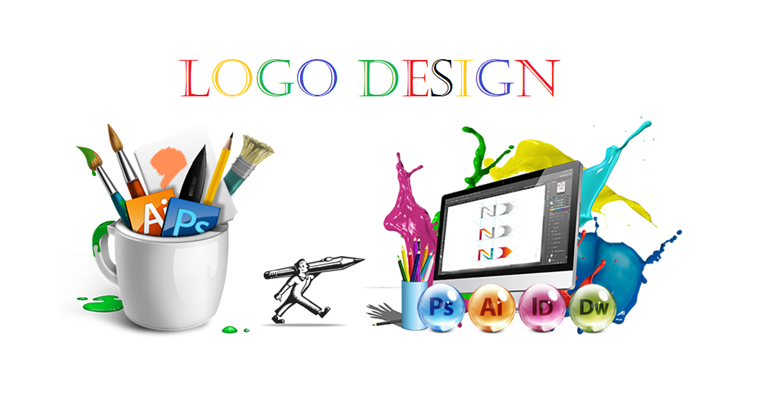
While everyone thinks that designing logos is very easy, getting logos right can be among the trickiest things in graphic design. It is quite common to see graphic designers not taking the time to understand the environment in which the logo will operate and coming up with design ideas that are overused and so clichéd that the logo fails to make the impact that is necessary. Some of the top design trends that logo designers should take care to avoid:
Arc over the Brand Name Top
Putting in an arc over the name of the brand is an excellent idea for indicating movement, progress or even a soaring ambition that leaves the competition behind. The problem is that since it is such a good visual idea, it has been copied time and again. Designers who want to use this idea will find it very tough, if not impossible, to carve a distinctively new identity that will resonate with its customers without giving them the feeling of dejà vu. If you want to represent progress, instead of using the arc, you can think of using a fresh representation that people would not have become bored with.
Common Typefaces
Writing out the brand name in a font that works well can also be a tricky business. Because you need the font to work well across different media, it can be very tempting to settle for one like Helvetica and convince yourself that it will do the job. While there is no denying that Helvetica or many other popular fonts are indeed very good to look at, using them in the logo is not necessarily a brilliant idea. Helvetica has been used so often, that using it in a new logo design will be like pushing the logo over the cliff unless you use some really dazzling visual elements to back it up. Visit the Tayloright website to see some very interesting logo typefaces.
Arbitrary Colored Dots
The placement of random dots of various colors is increasingly been seen in logo designs, perhaps in an attempt to portray diversity, however, the end result is normally not too clear in conveying its intentions nor does it look particularly appealing. While some designers have even attempted to replace the random placement of the dots with a symmetric design, the result remains equally uninspired. Further, if you have encountered it in a thousand other logos, there’s no chance that it will lend your logo any distinctiveness.
Conclusion
Most of these clichés are repeated by logo designers simply because they do not want to take the time out to understand the operating environment of the logo and customer psychology. When it is established beyond doubt that logos and brand names are perhaps the most valuable asset of any business, graphic designers cannot hope to create a distinctive visual identity for a business with something that has become clichéd. The design elements have to come together in such a manner that the target audience is immediately able to recognize the business and all that it stands for.






